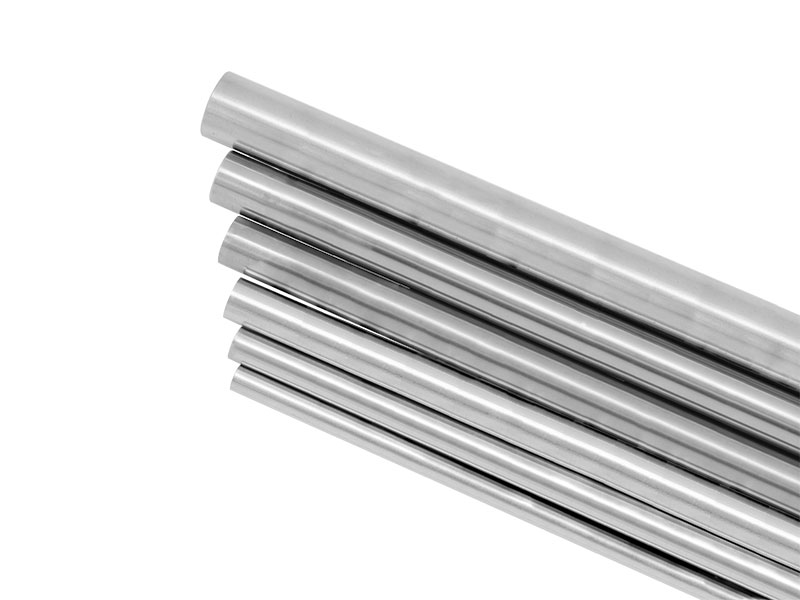Abstract:There are several common problems or defects that can occur in stainless steel pipes, and some prevention and repair methods are:
Corrosion: Stainles
There are several common problems or defects that can occur in stainless steel pipes, and some prevention and repair methods are:
Corrosion: Stainless steel pipes are generally resistant to corrosion, but under certain conditions, they can still corrode. To prevent corrosion, it is essential to choose the right grade of stainless steel for the application, avoid exposure to harsh chemicals and corrosive environments, and use protective coatings.
Cracks: Stainless steel pipes can develop cracks due to several reasons such as thermal cycling, mechanical stress, and corrosion. To prevent cracking, it is essential to use proper welding techniques, avoid overloading, and follow maintenance and inspection schedules.
Leaks: Leaks can occur due to improper installation, damage to the pipe, corrosion, or cracks. To prevent leaks, it is essential to use high-quality materials, follow proper installation procedures, and conduct regular maintenance and inspections.

Scaling and fouling: Scaling and fouling can occur due to mineral deposits, sediment, and other impurities in the water. To prevent scaling and fouling, it is essential to use water treatment methods, clean the pipes regularly, and use proper filtration.
Pitting: Pitting is a form of localized corrosion that can occur in stainless steel pipes. To prevent pitting, it is essential to choose the right grade of stainless steel, avoid exposure to corrosive environments, and use proper maintenance and inspection procedures.
To repair stainless steel pipes, the specific problem needs to be identified and addressed accordingly. Depending on the problem, repairs may include welding, patching, or replacing the damaged section of the pipe. It is essential to hire a qualified professional to perform repairs to ensure the longevity and safety of the pipe system.
